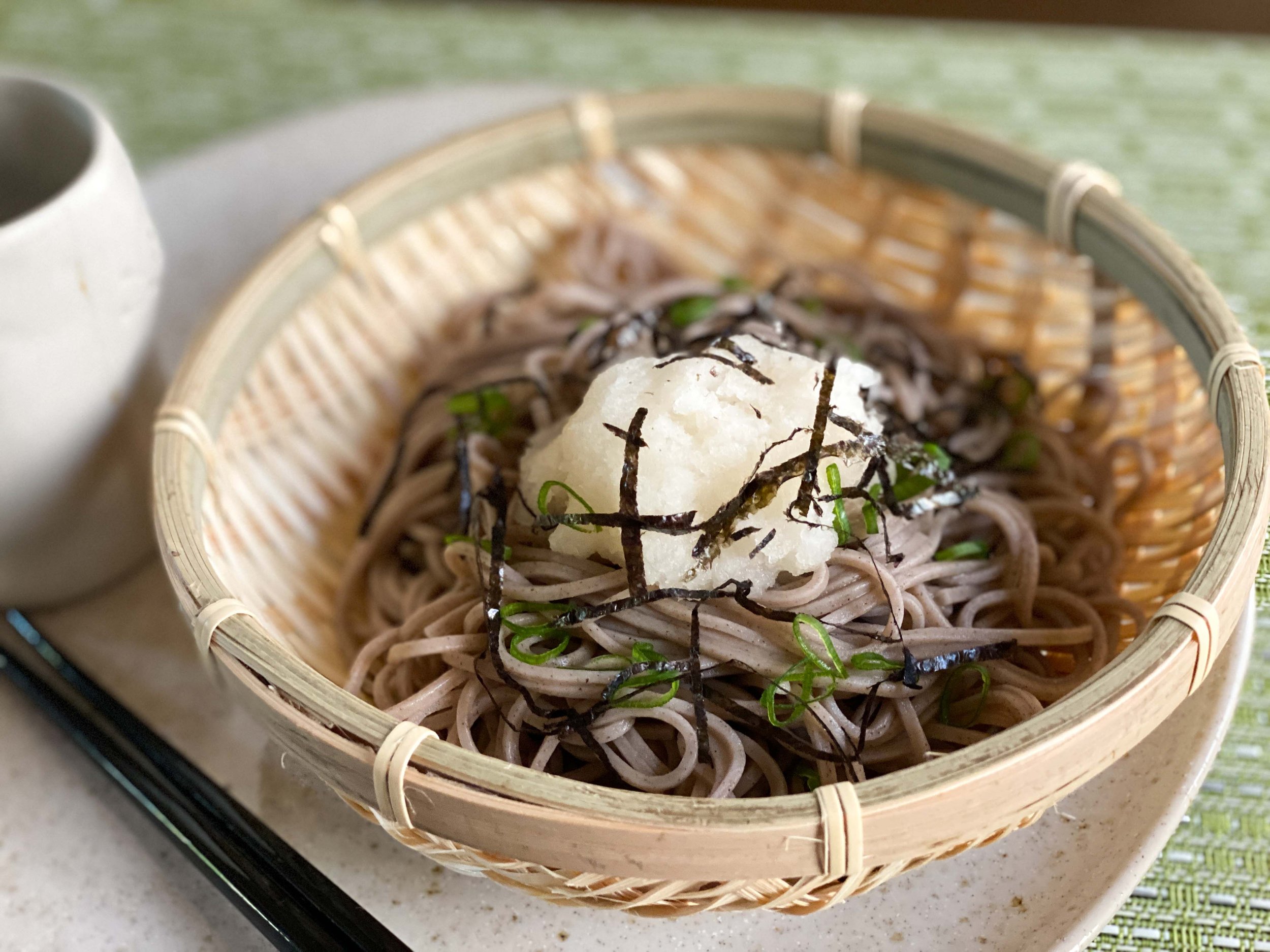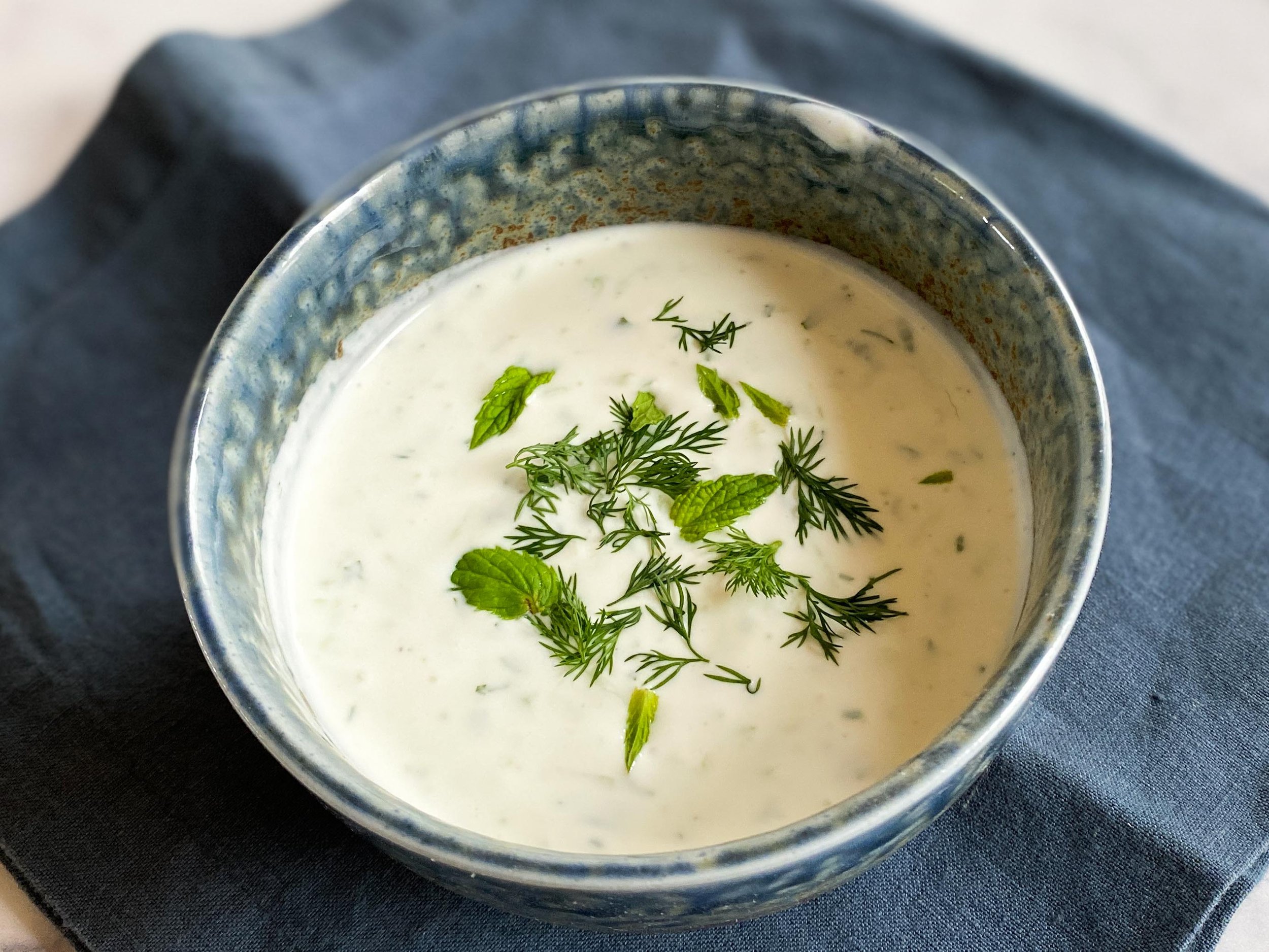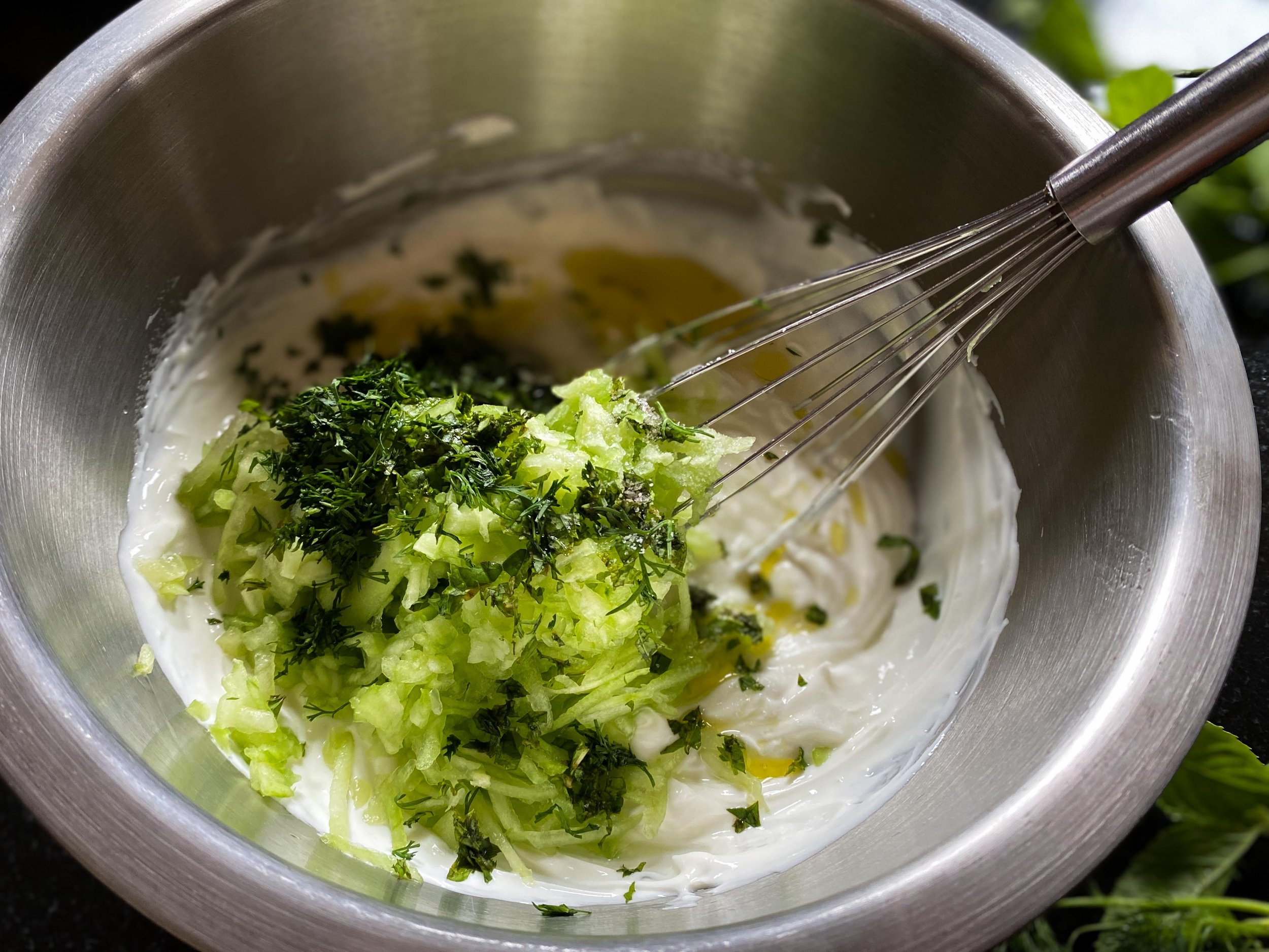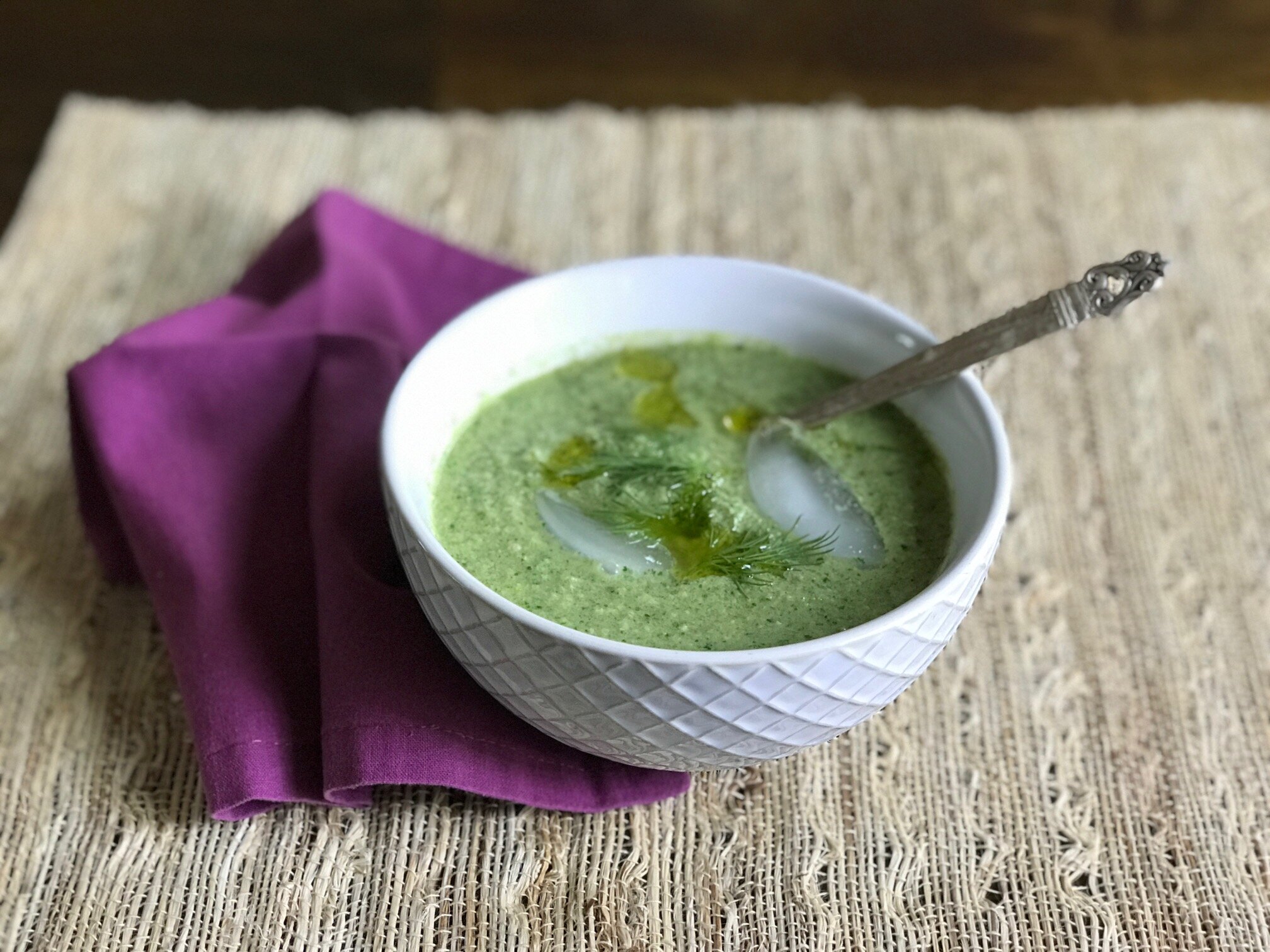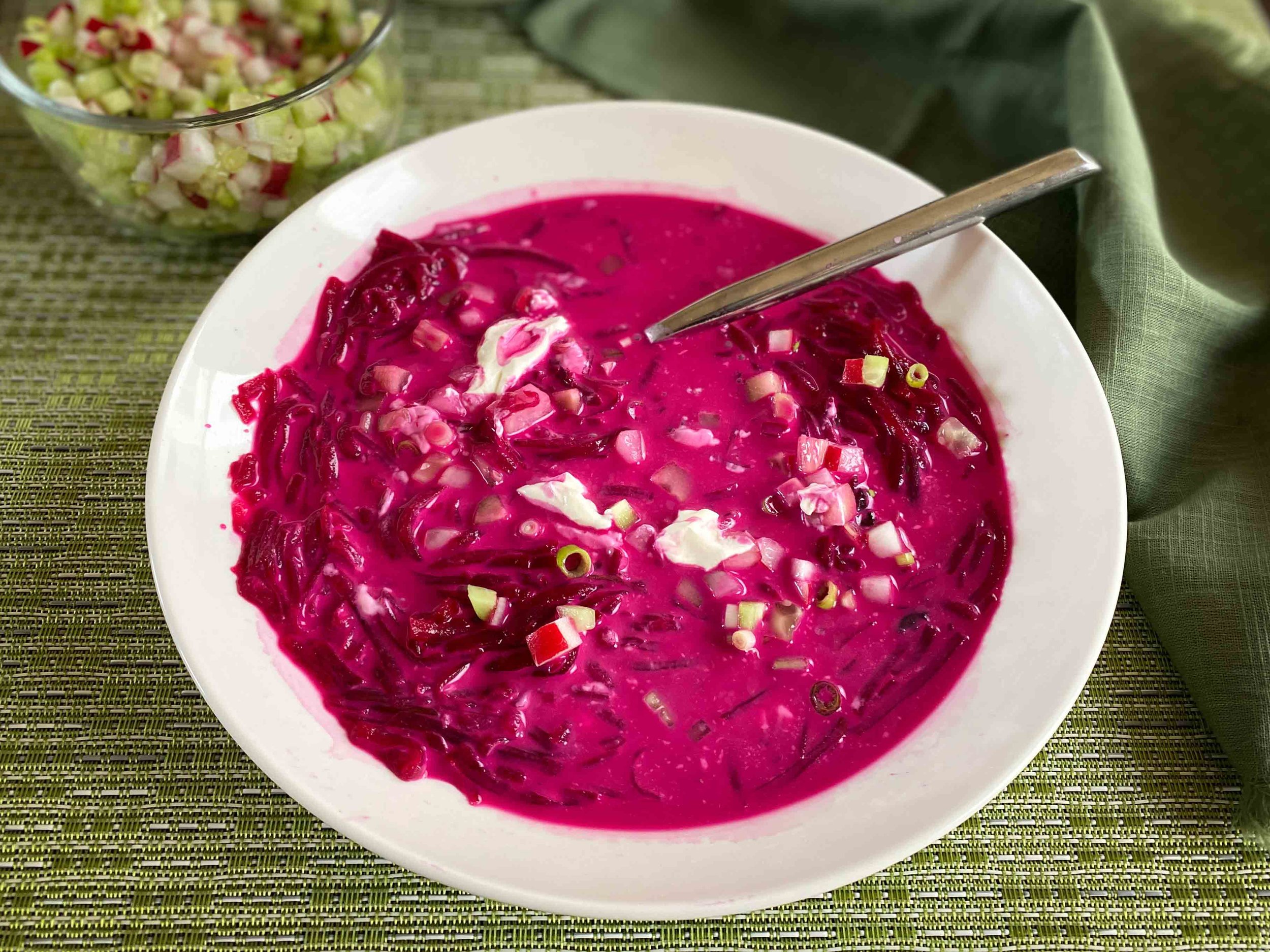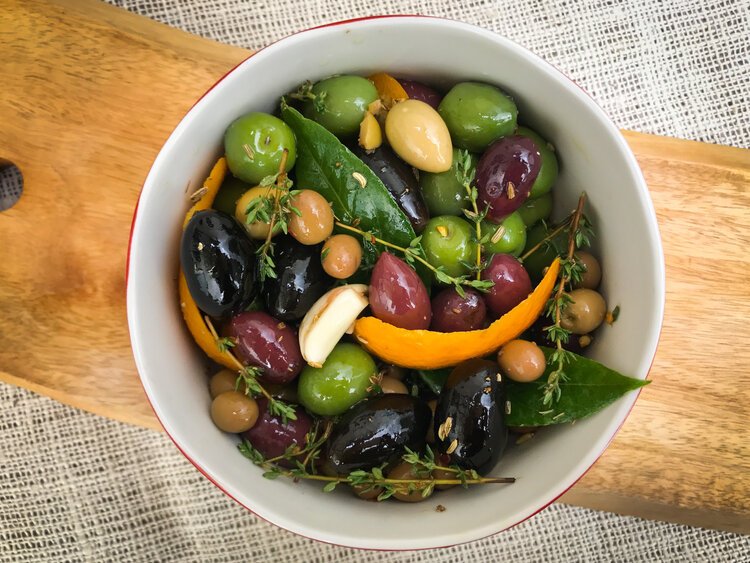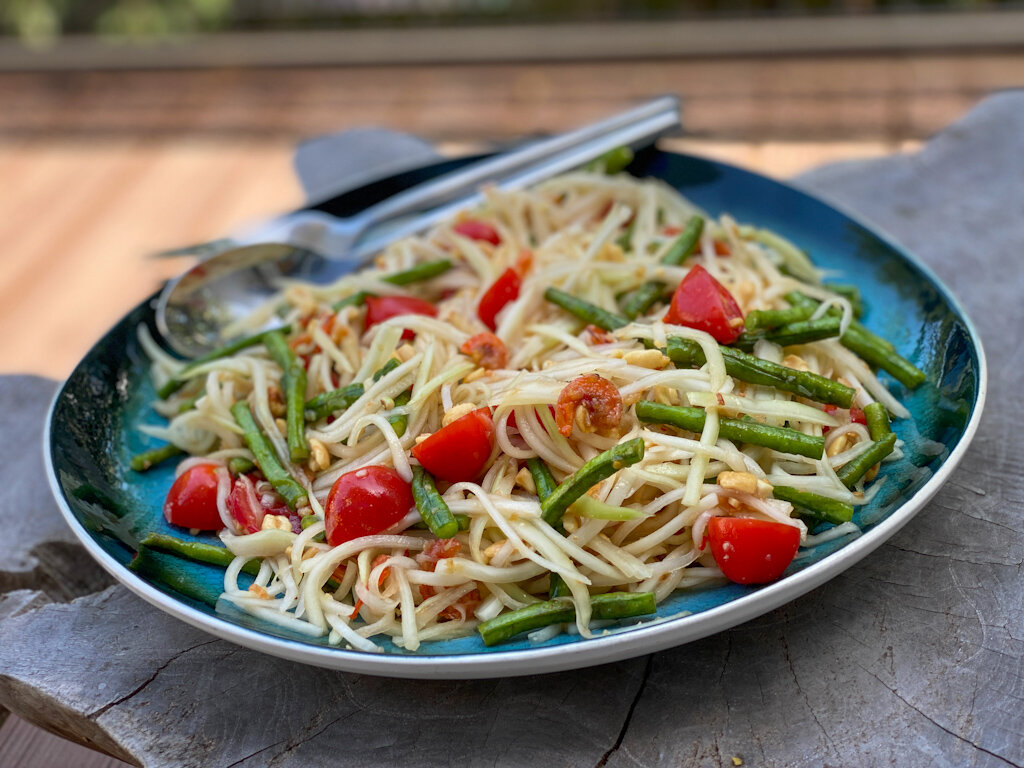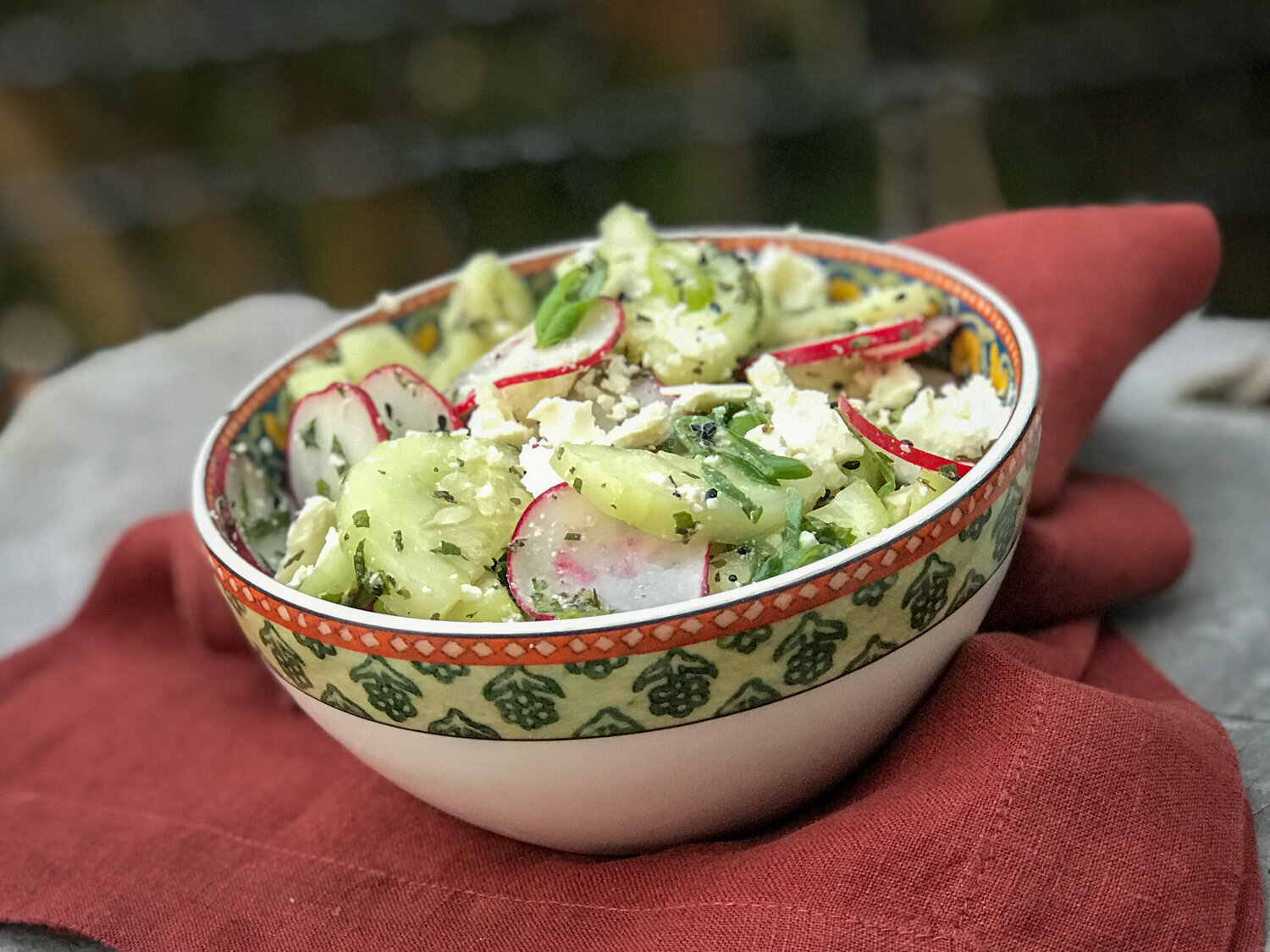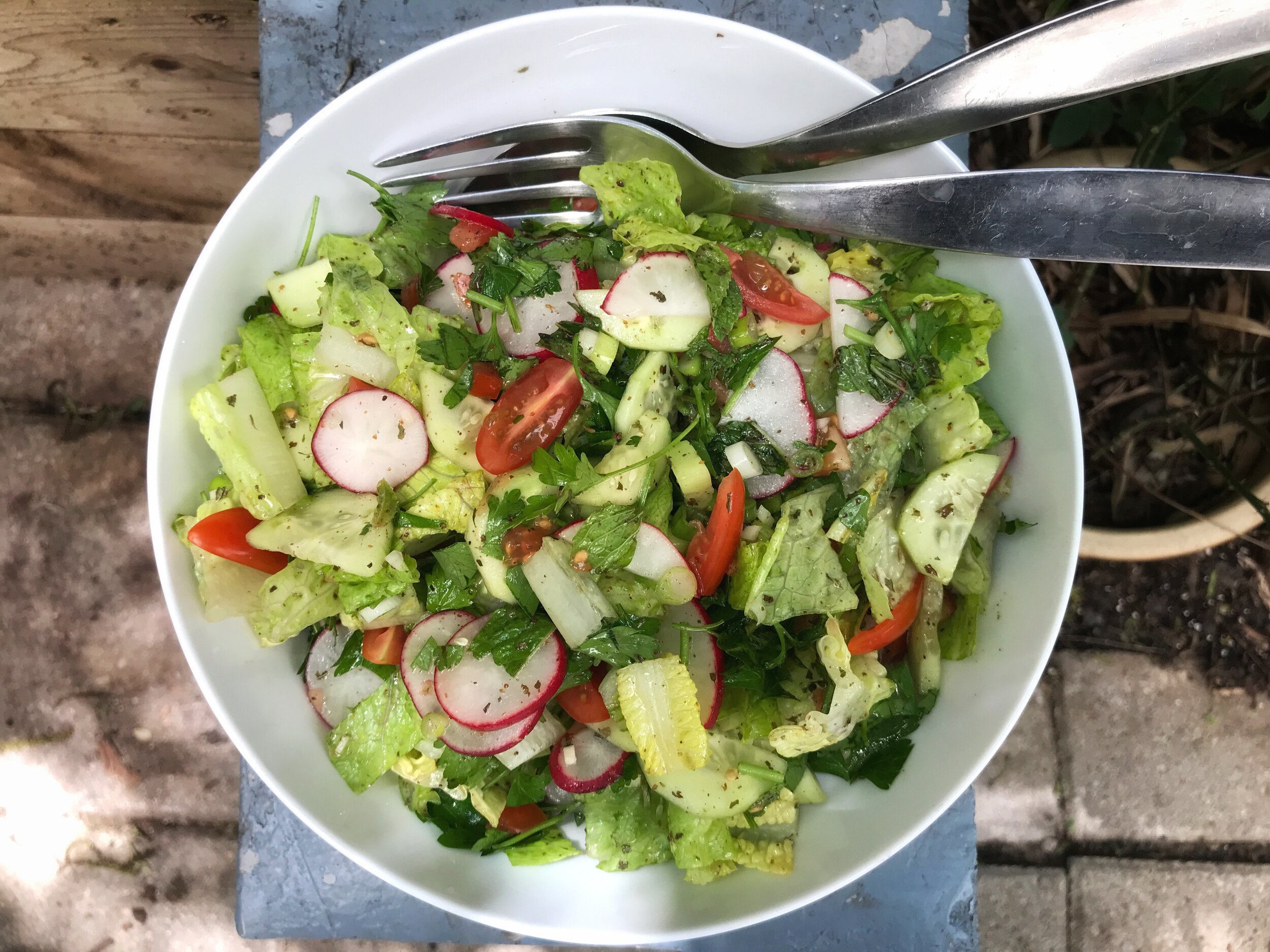The love of cooking shared by my brothers and me came from our mom, Joan. She didn’t exactly teach us to cook; she taught us to love cooking. We watched her in the kitchen; we learned by osmosis. The methodical chop of the onion. The quiet sizzle in the pan. The aroma.
Joan was hilarious. She was so funny and so sharp that you almost didn’t consider why she should be sad. The three of us, David and Johnny and I, would remember her, since we lost her six years ago, by texting each other about what we were cooking, or eating, or about our childhood food memories, or how funny Joan was.
Dave was also hilarious. As a teenager, one night — as we sat around the dinner table — he took a large handful of mashed potatoes and smeared it onto his face, a solid white beard. He then proceeded to shave it off, onto his plate, with his butter knife.
The last thing David texted to Johnny and me, two days before he died, was about something he had just cooked for his family. It involved chuck roast, which made him remember Joan and the way she made beef stew.
What’s happening in Ukraine — what has happened in the last month, since we lost Dave — would have torn my brother apart.
And not because Ukraine is our ancestral homeland. Our paternal grandfather was born in Zobolotov (now Zablotiv) in Western Ukraine, near the border with Moldova. But because of what Ukraine is now.
And so, I’ve been thinking about borscht — of which there are many kinds. From what I’ve read, the borscht that is the national dish of Ukraine is the hot-and-hearty style, the beef-based borscht, rooty and earthy and deep.


